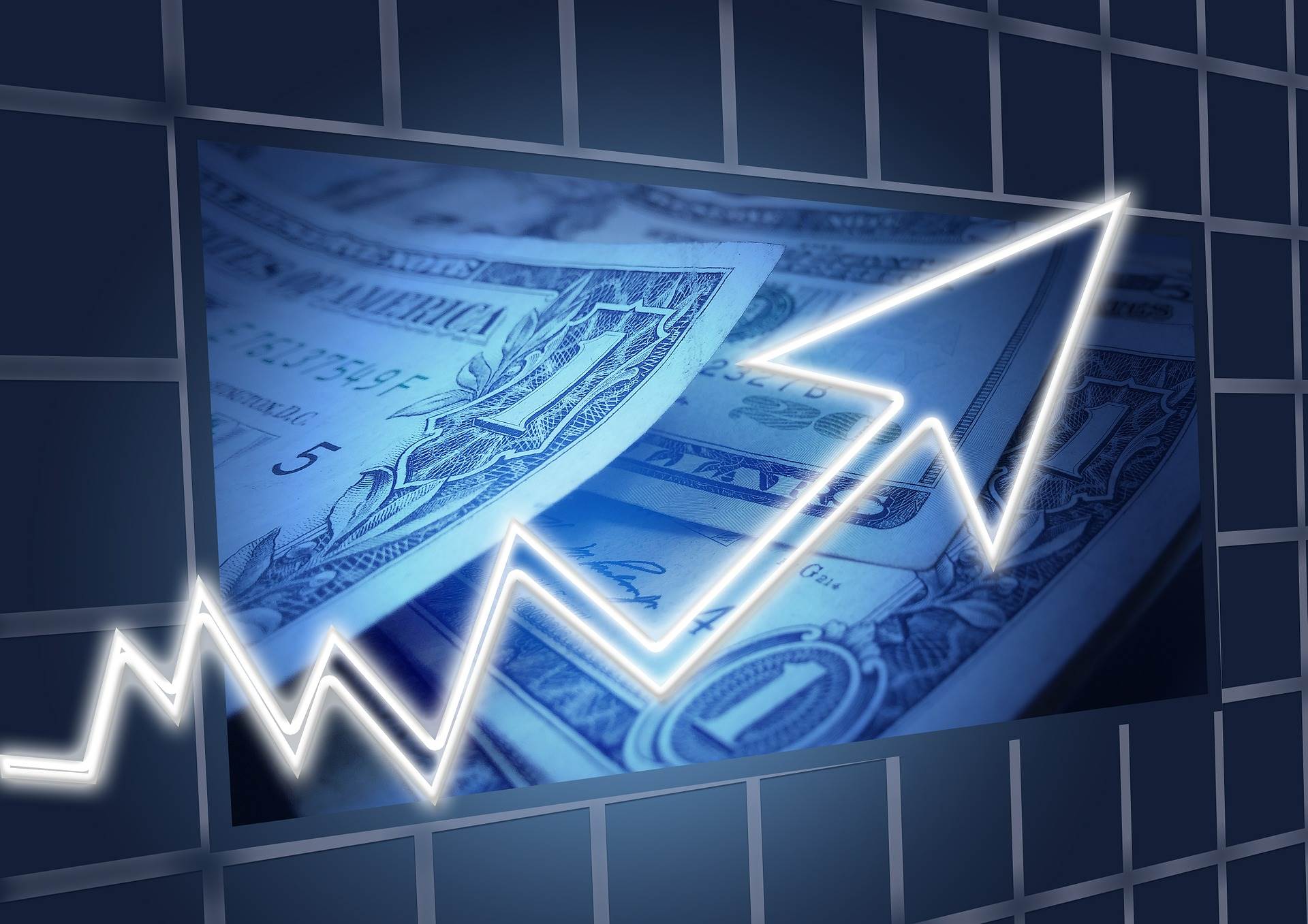 The U.S. dollar edged higher against its primary trading partners during Monday's Asian trading session as top-ranking U.S. officials blamed China for the coronavirus pandemic and accused Chinese officials of covering up the virus in order to hoard medical equipment for its own citizens. The dollar index was up 0.31 percent as of 1:29 p.m. HK/SIN, trading at 99.38 .DXY. The greenback eased against the yen, falling 0.187 percent to 106.73. However, the dollar gained 0.44 percent against both the euro and the pound, trading at $1.1093 and $1.245 respectively. The Aussie dollar fell 0.421 percent against the greenback to $0.639 despite the country's advanced reopening measures.
The U.S. dollar edged higher against its primary trading partners during Monday's Asian trading session as top-ranking U.S. officials blamed China for the coronavirus pandemic and accused Chinese officials of covering up the virus in order to hoard medical equipment for its own citizens. The dollar index was up 0.31 percent as of 1:29 p.m. HK/SIN, trading at 99.38 .DXY. The greenback eased against the yen, falling 0.187 percent to 106.73. However, the dollar gained 0.44 percent against both the euro and the pound, trading at $1.1093 and $1.245 respectively. The Aussie dollar fell 0.421 percent against the greenback to $0.639 despite the country's advanced reopening measures.
U.S. Secretary of State Mike Pence commented on Sunday that there is "significant" evidence that the coronavirus began in a Chinese lab, though he provided no proof or details supporting his claim. U.S. President Donald Trump also made inflammatory comments against China, causing a selloff of the yuan and a rush to buy dollars. Though Chinese markets were closed for a public holiday on Monday, the offshore yuan extended Friday's declines to a six-week low of 7.1560 per dollar before heading modestly higher.
Oil Price Movements
Oil prices were not immune to the tensions between China and the U.S. as President Trump threatened to raise tariffs on Chinese goods as a retaliation for China's role in spreading the virus. U.S. WTI futures fell 6.47 percent by the early afternoon in Asia, trading at $18.50 per barrel, while Brent crude futures were down 1.25 percent to $26.11 per barrel.
The drop in oil prices came after prices were boosted at the end of last week as new production cuts came into effect on May 1. Also supporting prices last week were announcements by Exxon Mobile Corp and Chevron Corp, two top U.S. producers which announced that they would each cut output by 400,000 barrels per day in the coming months. The production cuts coupled with gradual reopening of some global economies and businesses in some U.S. states were expected to reduce the supply glut and free up some storage space which has been sitting near full capacity in recent weeks. Nevertheless, all these reasons for optimism were overshadowed by the tensions between the U.S. and China which proved to have a strong impact on oil prices and overall trader sentiment.
